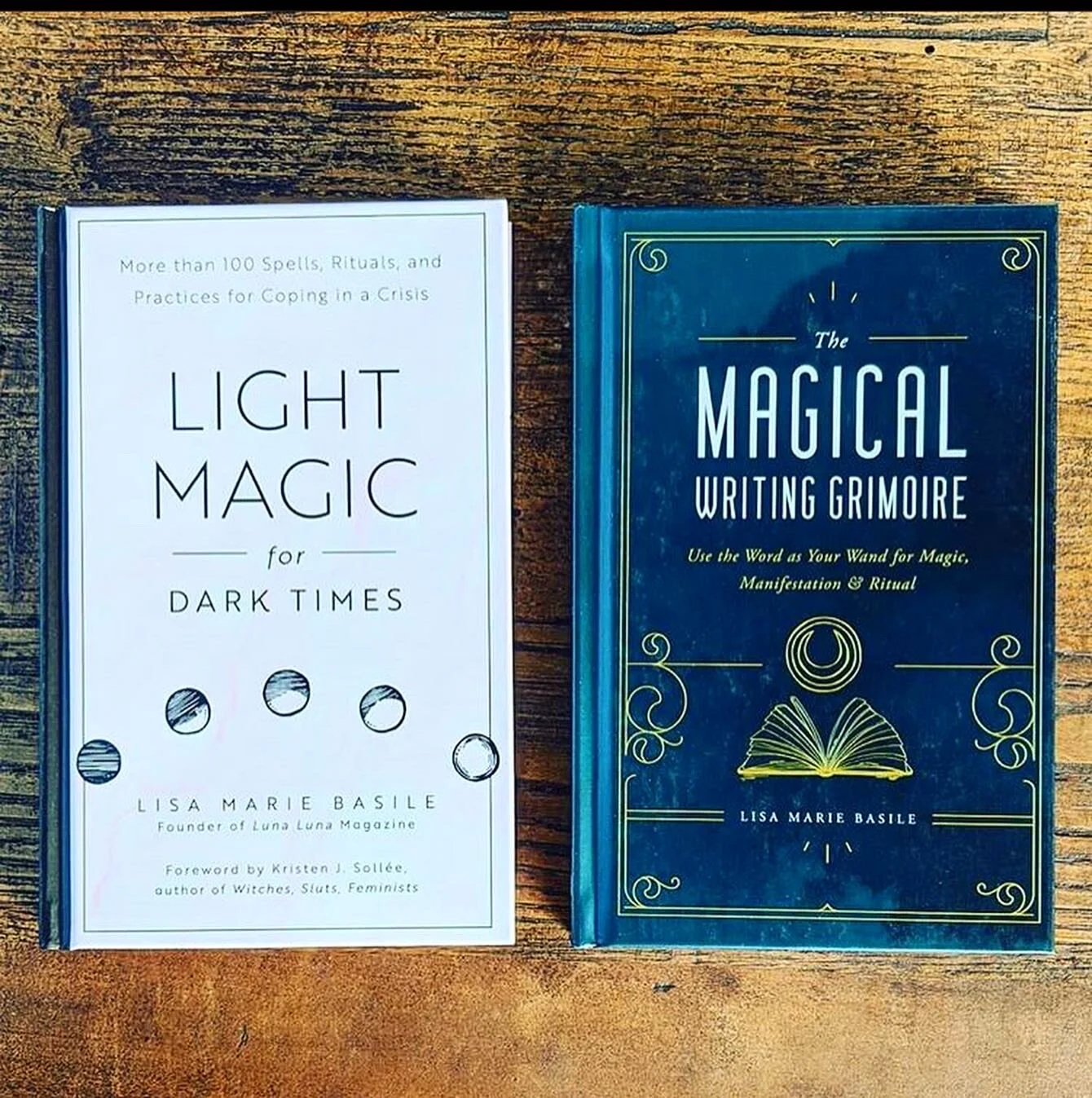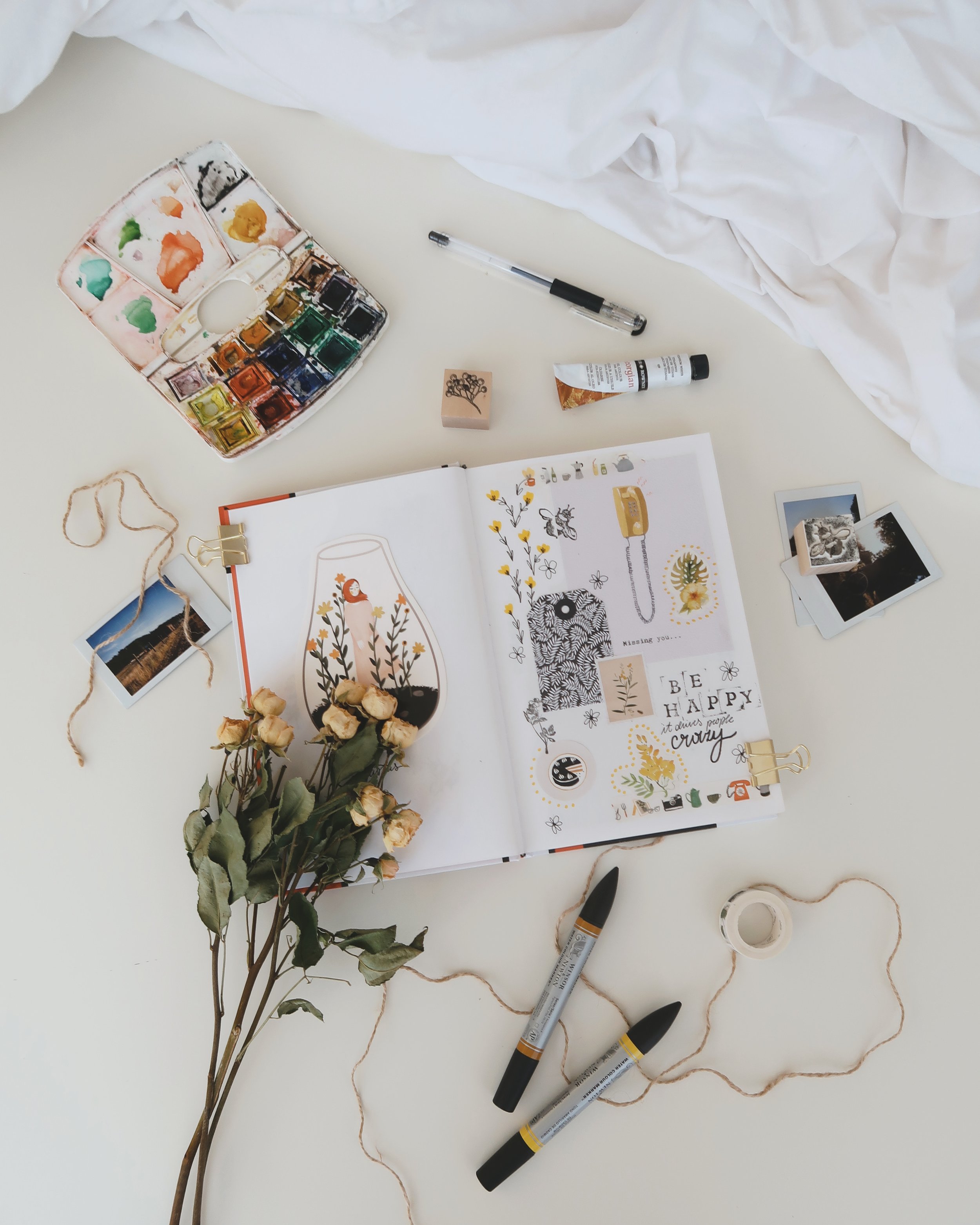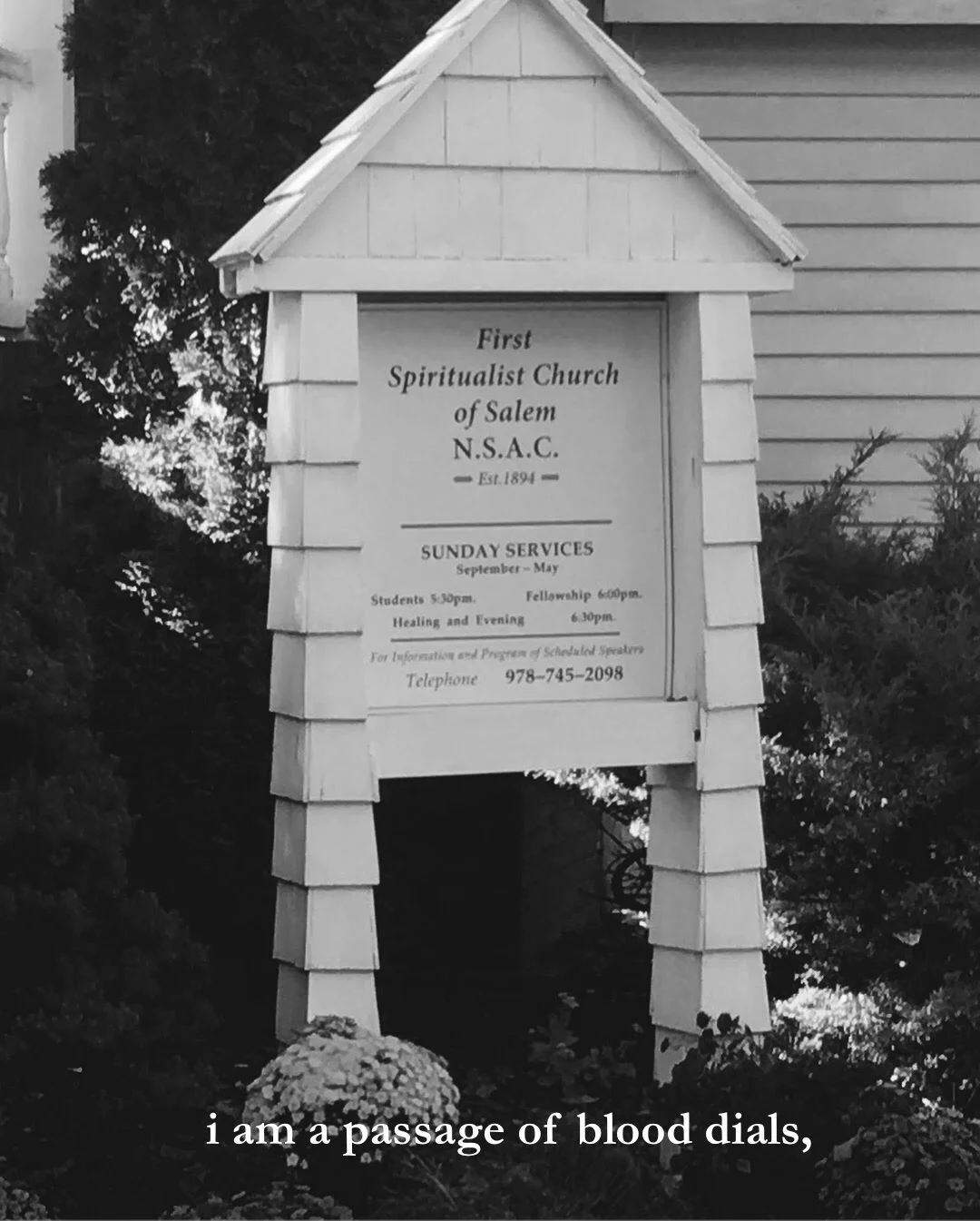BY MACEY LAVOIE
The Tarot deck has always been a tool of great intrigue for me. I remember first being mesmerized by the colorful and vibrant pictures as a woman shuffled them at a Halloween party. She’d been paid to read people’s tarot cards and I jumped into line waiting to see what the cards had to say about me.
By age 15, I had had my own deck and struggled to memorize the meaning of each card. I’d flip the card over and struggle with the book in my lap, racing to find the card before the person in front of me grew impatient and the spell was broken. I hadn’t chosen to see them as a story. A story is something we can all understand.
To me, that’s the true purpose of the Tarot. A spread is an opportunity to shape our lives into a story. I’d fallen out of habit or reading my tarot cards, of pausing to even considering the questions I wanted answered. I stopped believing I was a player in my own story. I was lost in a period of uncertainty in myself and what I wanted to do.
RELATED: Why You Should Learn The Tarot
I discovered one of my favorite artists and storytellers had created a Tarot deck. I saw her depiction of the Wheel of Fortune card, a tangle of four leaves each depicting a different season and thought I had to have the deck. I decided to fall back into the habit of reading tarot, to ask questions both external and internal. To get back into the practice of it I vowed to read my tarot cards every day for a month.
I debated with the style of reading I wanted to work into my everyday schedule. Picking a single card from the deck would certainly be the quickest read for my everyday schedule but it was one I had never worked with before. In the end, I decided to work with the three card spread. This spread is meant to represent the past, present and future of your question. I also found it similar to the basic layout of a story, beginning, middle and end. Every day, I would go to my desk and start to shuffle the cards, press them against my chest and pluck three from the deck. I always kept my book of card interpretations nearby if a cards meaning evaded me.
At first, the process was difficult. The stiff new cards were difficult to shuffle and often I broke my concentration when a stray thought mundane necessity popped into my head. A graduate school assignment, paying the bills, washing the dishes. It took focus and it took reflection. What questions did I want to know? Ultimately I wanted to know about my fiction writing and why it was so difficult to take up the regime again. For those who believe in writer's block, I was experiencing a writer’s Great wall.
If the Tarot cards were a story, what could they tell me about the stories I wanted to write? What was holding me back? It was fear. Despite countless readings and question variations the cards always pointed right back to my fear and lack of confidence. Before, I wrote simply for the fun of it, but ever since I started looking at it as a potential career the fear of others tainted the page. The cards warned of this fear and how it was damaging my writing. It was something I had known all along.
RELATED: This Unofficial Lisa Frank Tarot Deck Mixes Past & Present
You may be skeptical about the Tarot and its link to divination, and that’s okay. However, what I ultimately learned in my month of constant reading and flipping is that the cards always have a story to tell and may just learn something new about the hero of the story.
Macey Lavoie is a new Bostonian trying to find her way around and working on her Master’s at UMass Boston. She has a fondness for sushi, walks on the beach, donkeys, and drawing. When she is not busy having crazy adventures with her friends, she can be found either jotting down writing ideas in her small notebook or curled up with a book and her two cats. Her dream is to one day change the world with a book and to own a large library.































